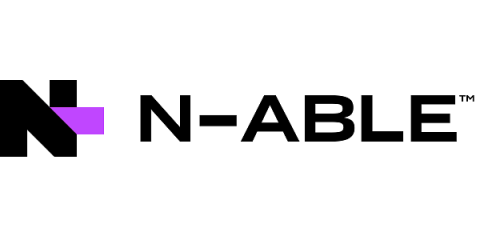A Comprehensive Guide to Software Configuration Management
In the ever-evolving landscape of software development, the need for a structured and efficient management system is paramount. Software configuration management (SCM) serves as the backbone for managing changes and maintaining the integrity of software products. For managed service providers (MSPs) and their clients, SCM is not just a best practice - it's a necessity.










